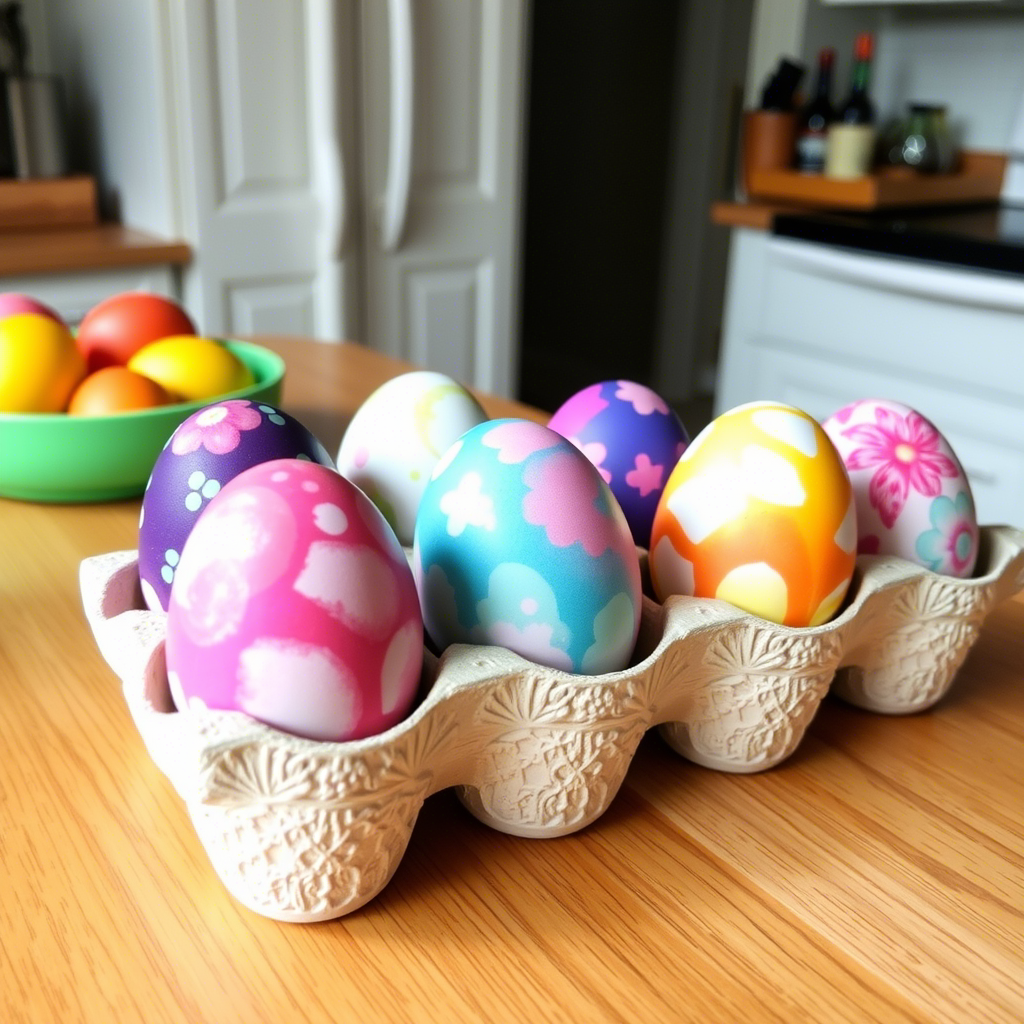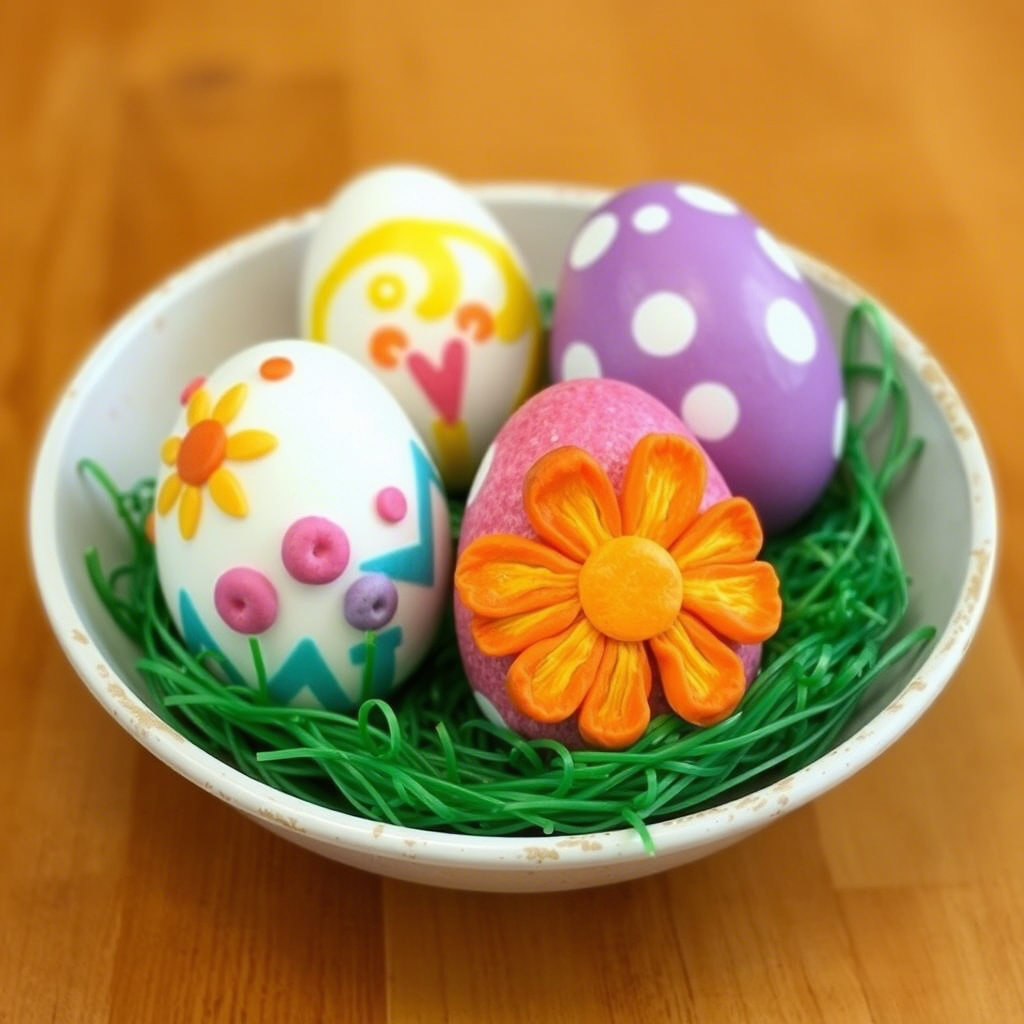Ready To Dye Easter Eggs? Check This Guide To Color With Food Colors
Easter eggs are a beloved tradition for many families around the world. The process of dyeing Easter eggs is not only a fun activity for kids, but it also provides an opportunity for families to spend quality time together. Using food colors to dye Easter eggs is a safe and creative way to add some vibrant colors to your Easter celebration. In this article, we will explore the world of Easter egg dyeing with food colors and provide you with a comprehensive guide on how to do it.
Preparing for Easter Egg Dyeing
Before you start dyeing your Easter eggs, there are a few things you need to prepare.
- Gather your materials: You will need hard-boiled eggs, food coloring, vinegar, and a container to dye the eggs in. You can find food coloring at most grocery stores or online.
- Choose your colors: Decide on the colors you want to use for your Easter eggs. You can use a single color or mix different colors to create unique shades.
- Prepare your dye: Mix 1 tablespoon of vinegar with 1 tablespoon of food coloring in a cup of boiling water. The vinegar helps the color adhere to the eggshell.

As you can see from the image above, using food coloring can result in beautifully colored Easter eggs. The key is to experiment with different colors and techniques to achieve the desired effect.
Techniques for Dyeing Easter Eggs
There are several techniques you can use to dye your Easter eggs with food colors.
- Single-color dyeing: This is the simplest method, where you dip the egg into a single color dye.
- Multi-color dyeing: You can create multi-colored eggs by dipping the egg into different colors or by using a technique called “drip dyeing,” where you drip different colors onto the egg.
- Natural dyeing: You can also use natural ingredients like beets, turmeric, and blueberries to create unique and subtle colors. For example, beets can be used to create a range of pink to red shades.

Using natural ingredients can add an extra layer of creativity to your Easter egg dyeing. You can experiment with different ingredients to achieve unique colors and patterns.
Tips and Variations
To take your Easter egg dyeing to the next level, here are some tips and variations you can try.
- Add some sparkle: You can add some glitter or stickers to your Easter eggs for extra decoration. You can find a variety of Easter-themed stickers and decorations at https://lezonkids.com/boys-coat/.
- Try different shapes: You can use different shapes, like egg molds or even real eggs with unique shapes, to create interesting Easter eggs.
- Get creative with designs: You can use wax or stickers to create designs on your Easter eggs before dyeing them. This can result in some beautiful and intricate patterns.

For more ideas on Easter egg decorations and other Easter-themed products, you can visit https://lezonkids.com/.
Safety Precautions
When dyeing Easter eggs with food colors, there are a few safety precautions you should keep in mind.
- Use food-grade coloring: Make sure to use food-grade coloring to avoid any potential health risks.
- Supervise children: Always supervise children when they are dyeing Easter eggs, especially if they are using food coloring or other materials that can be hazardous if ingested.
- Handle eggs safely: Make sure to handle the eggs safely to avoid breaking them and causing a mess.
Storing and Displaying Your Easter Eggs
Once you have dyed your Easter eggs, you will want to store and display them properly.
- Store them carefully: You can store your Easter eggs in a cool, dry place to keep them fresh for longer.
- Display them creatively: You can display your Easter eggs in a decorative bowl or basket, or even create an Easter egg hunt for your family and friends.
Conclusion
Dyeing Easter eggs with food colors is a fun and creative activity that can be enjoyed by people of all ages. With the right materials and techniques, you can create beautifully colored Easter eggs that will add some vibrancy to your Easter celebration. Whether you are a seasoned pro or a beginner, we hope this guide has provided you with some inspiration and ideas to make your Easter egg dyeing experience even more enjoyable. So go ahead, get creative, and have fun dyeing your Easter eggs.

Comments